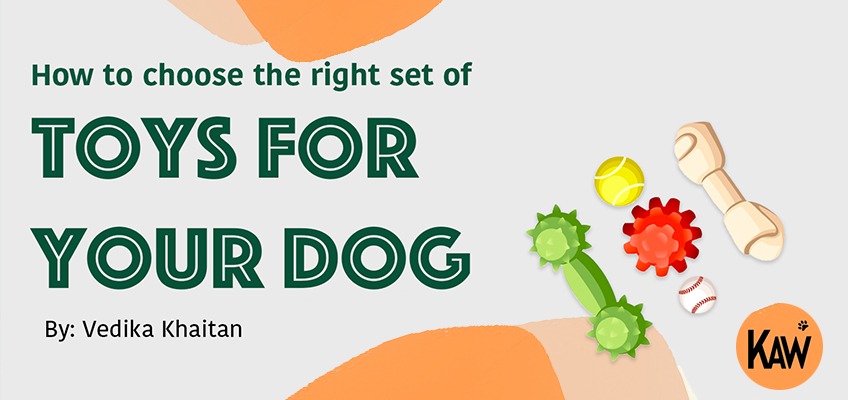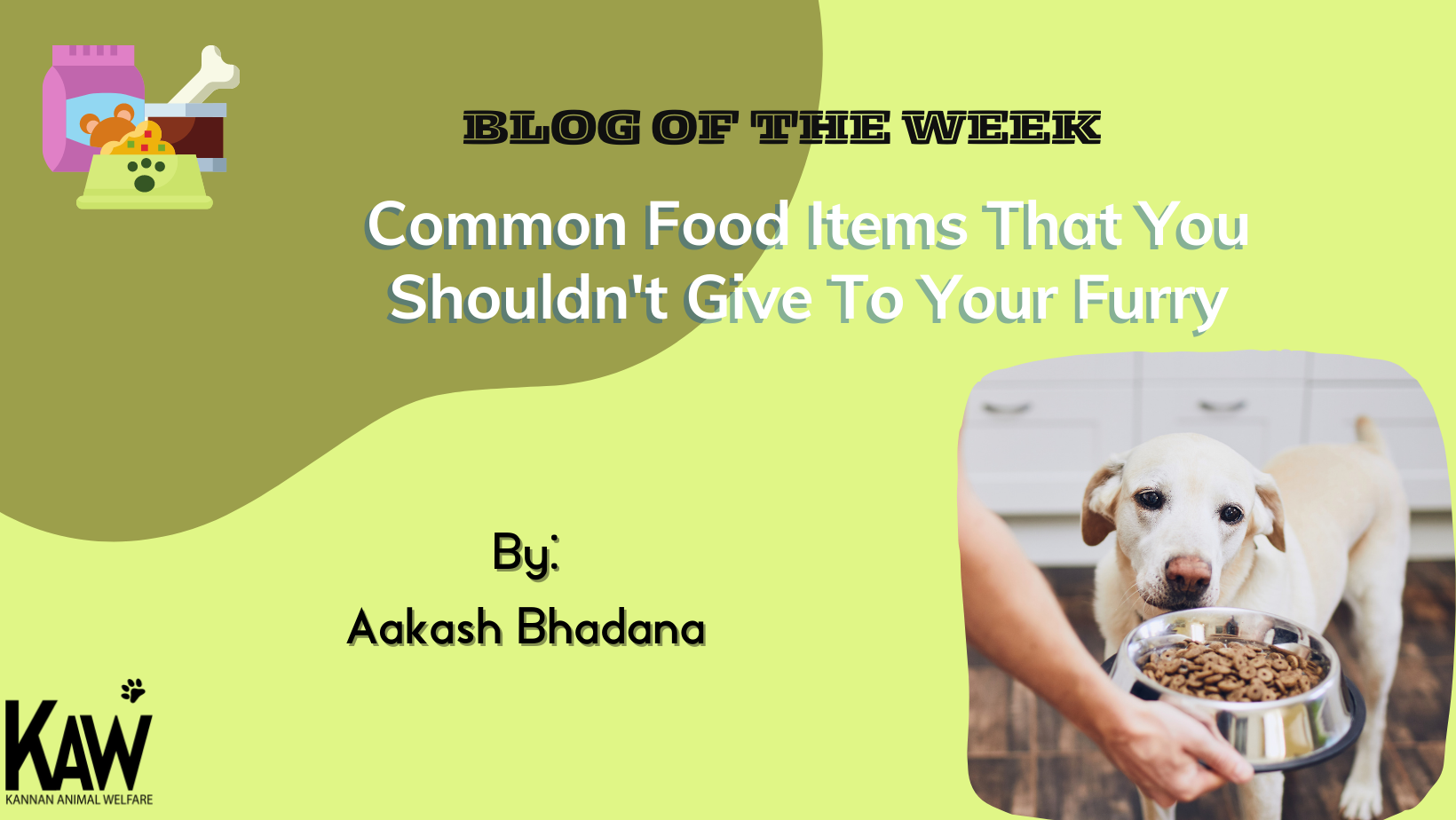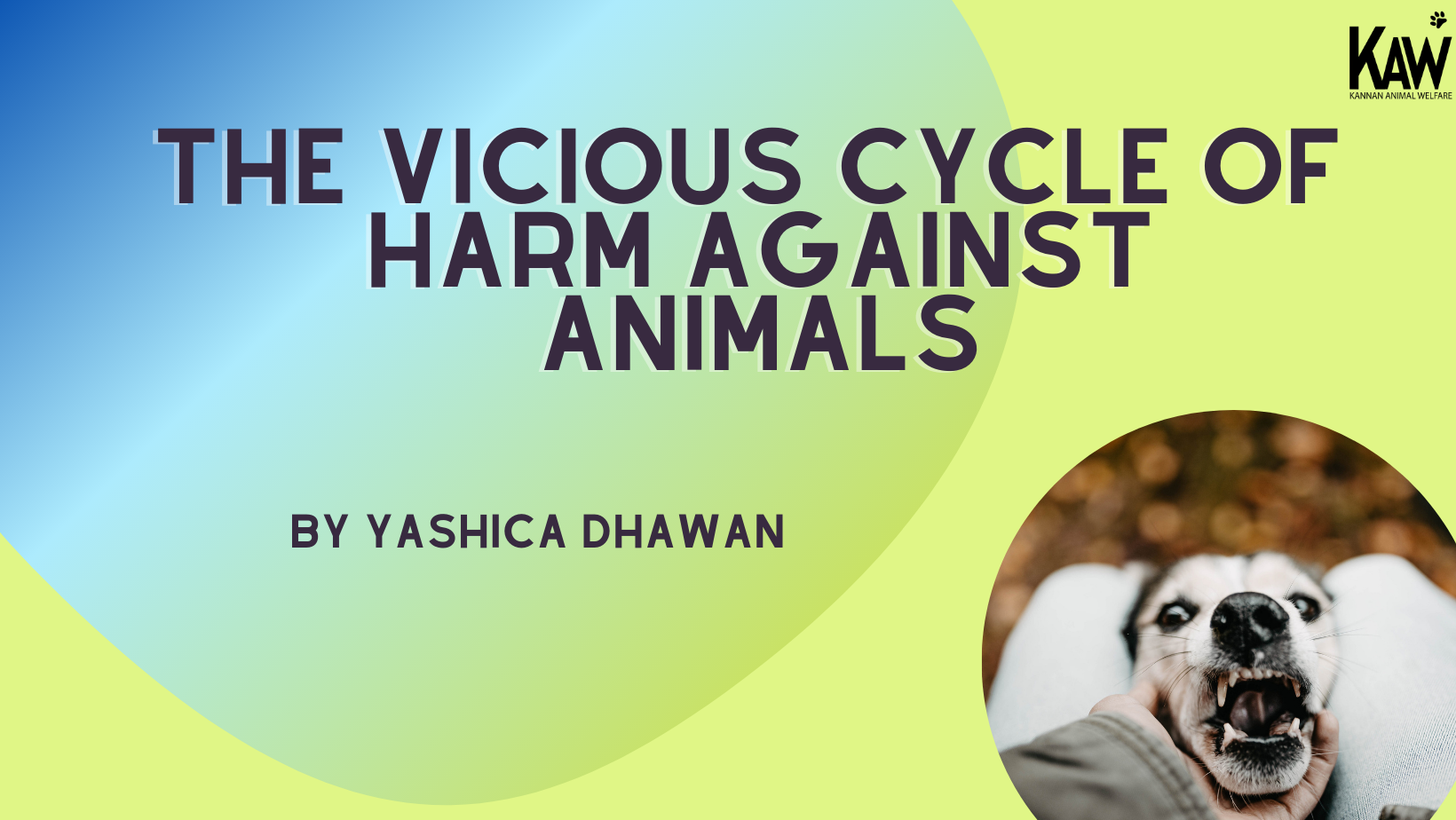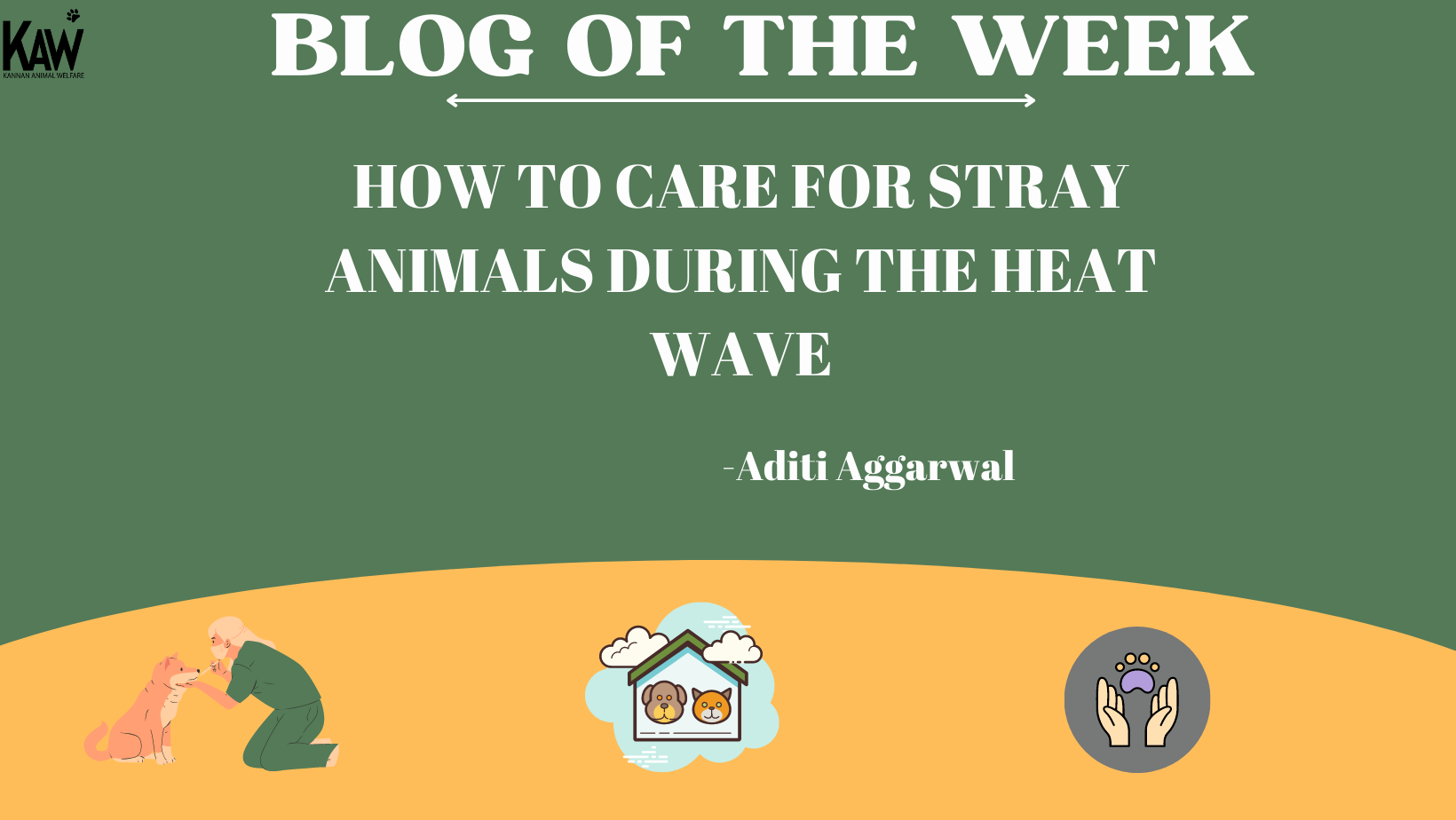Even a few minutes spent with dogs is usually enough to learn how much they love playing with toys. Whether puppies or seniors, most dogs consider playtime as a crucial part of their routine! Indeed, such activities are integral to their social development and physical health, as there’s typically lots of jumping, tugging, and running involved – with other people or dogs often participating in the fun, too.
Dogs love playing with toys as much as children do! With our dogs’ health and happiness in mind, it’s important to ask: How can we choose the correct set of toys for our beloved companions?
Dog toys should be safe, fun, durable, and – most importantly – dog-friendly. The ideal set of toys will completely depend on your dog’s size, enthusiasm, activeness, and personal choice, while taking into consideration his/her safety and home environment as well. Let’s look into these factors in more detail:
The perfect size: First and foremost, your choice of toys for your dog should ensure that they are of the perfect size. The first step in determining this should consider the current size of your dog. For example, if your dog is of medium size, then the toy should also be of medium size – neither too small, nor too large. If the toy is too small, then your dog might swallow it by mistake, or it might become stuck in his/her throat, both of which can be dangerous. Similarly, if the toy is too big – especially in weight – then your dog won’t be able to play with the toy. Eventually, he/she will lose enthusiasm or interest in playing with that particular toy, and you will end up wasting your money.
Soft toys: Many dogs like to play with soft toys which they can carry around easily – as long as they don’t play with excessive aggression. On the other hand, some dogs might become aggressive in their play activities and end up tearing soft toys apart. If your dog is usually gentle with his/her toys, then it’s probably best to select soft toys for him/her; if your pup loves to play aggressively, you can still purchase soft toys, but look for those which are sturdier than other soft toys. For example, any kind of chew toys, rope toys, soft fetching ones, or plushies would work for small- and medium-sized dogs, whereas a large soft toy, fetching ball, or big plush toys would work for big-sized dogs.
You should keep one more thing in mind while buying soft toys: They should be washable, as they tend to become dirty.
Active dog toys: Chewy toys and hard rubber toys are perfect for high-energy dogs. Both of these come in various shapes and sizes. Many active dogs enjoy a fetching ball or dog bones, as the act of chewing stimulates the release of endorphins – good hormones associated with a rush of happiness – whilst offering dental benefits. Chewy toys that make squeaky noises can provide your dog with ample stimulation too, as he/she will likely get attracted to the noise. Fetching toys also work well for big dogs, like Labradors, as these are engaging and cooperative activities where your dog can actively run around to retrieve the ball, frisbee, etc.
Treat toys: Toys filled with bite-sized dog treats are an excellent choice, since your dog’s play can help him/her get an extra dose of nutrition and can help him/her associate playtime with training and rewarding at the same time. Come on, who doesn’t like rewards?!
Puzzle toys: Puzzle toys are great for smart dogs who get bored easily. In some of these toys, treats are stored inside hidden compartments, and your dog will have to figure out how to get them out!
The add-ons: This is an important safety consideration. Before you purchase a toy, check whether there are any add-ons attached to the toy, such as strings, ribbons, pairs of eyes, or buttons – any tiny detachable objects – because these can be easily swallowed by your dog. Remember, playtime should be fun and safe, so as far as possible, avoid providing your companion with any toy which presents a choking hazard.
Toys which are fit for all dogs: Some comfort dog toys, like an ordinary dog chewing bone, would be enjoyed by all types of dogs in general. As mentioned above, these are great for all dogs as they get pleasure and dental benefits from this type of playtime. Stuffed toys are a great example of “comfort” toys; these should be small enough to carry around, so if your family travels, your dog will feel more comfortable. If your dog likes to attack his/her stuffed animal, make sure to closely supervise his/her play. In this case, it’s probably best to avoid soft toys with squeakers as well, because some dogs might get especially aggressive towards them.
Selecting the ideal set of toys for your companion is an important – and fun – part of providing care and building memories together! After you’ve navigated the various options available for dog toys, it’s also crucial to consider how to make the most of play activities with your friend! Here are some tips on dog toys and playtime:
Availability: Keep a variety of toys easily available at all times and keep rotating among them. However, if your dog has any “favourite” toy, then you should leave it around them all the time. This will provide your companion with comfort (in case they become apprehensive) and the option to play (in case they become bored).
Cooperation: Don’t just engage them with toys and leave them alone; interact with them! Some examples of cooperative activities include playing catch or hide and seek (with their toys as well). This is especially important for rescues who had been abandoned or had endured abuse or neglect, as it promotes rebuilding trust with humans.
Socialization: For young, high-energy, and untrained dogs, interactive play also offers an opportunity for socialization, as it helps them learn about appropriate and inappropriate behaviour with people and other animals.
Playtime with Peers: While it’s important that you make time to play with your companion, it’s also essential to let him/her play with other dogs as well - especially for guiding their socialization with other dogs. Depending on your dog’s life experiences, he/she might not have many experiences – or positive experiences – with other animals,
We hope that these tips will be useful as you decide which toys to bring to your dog!






